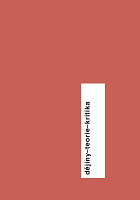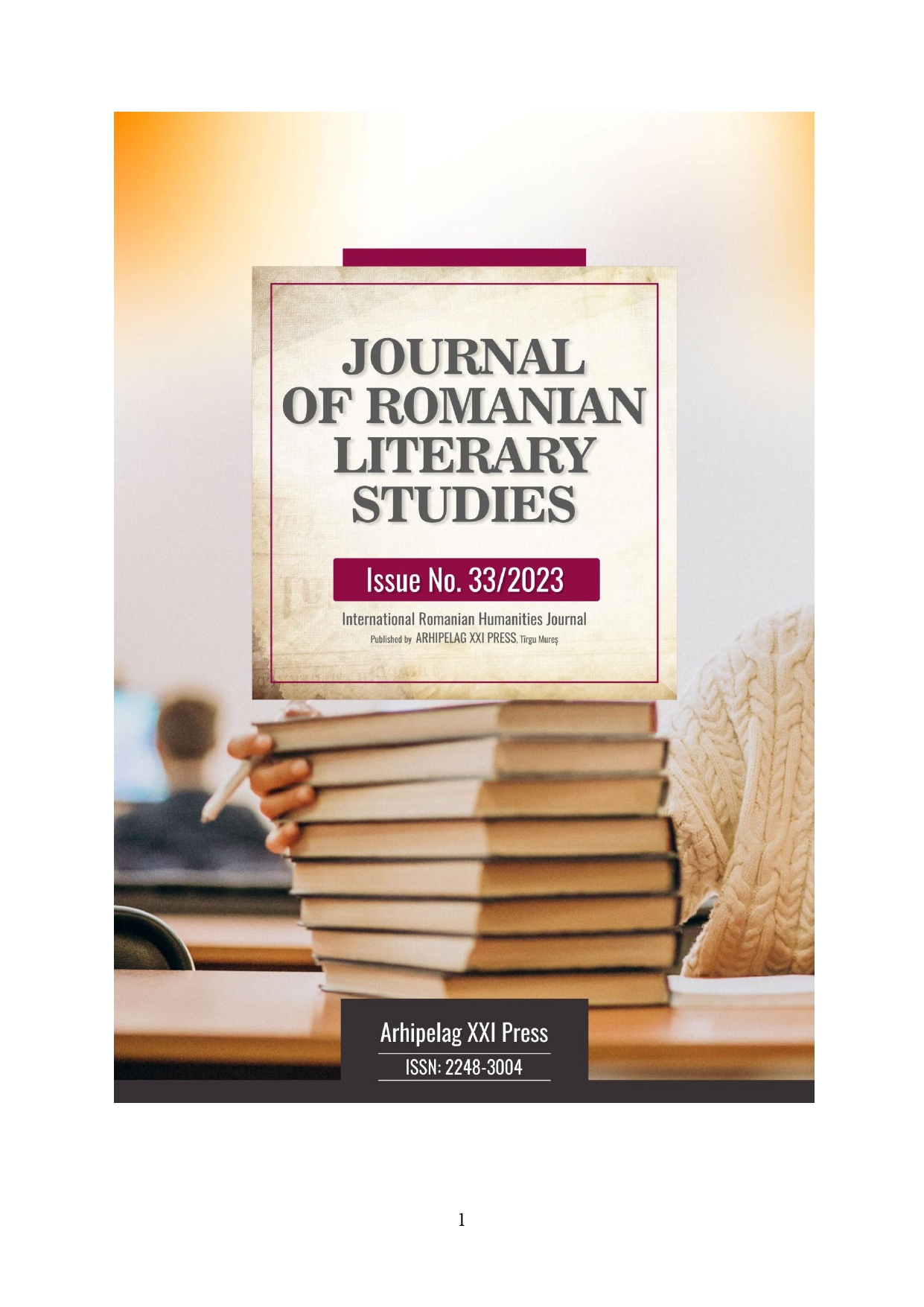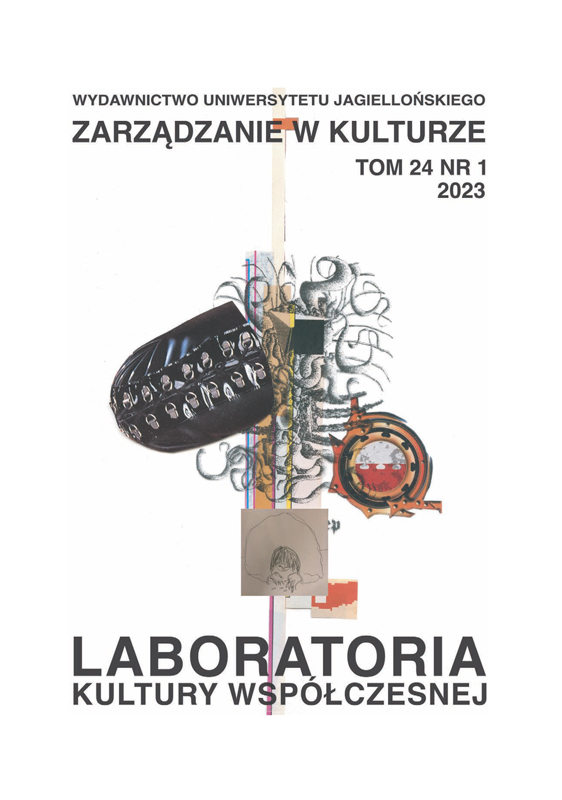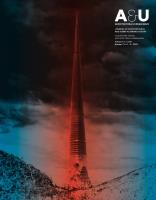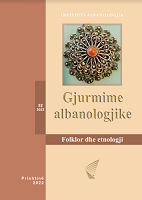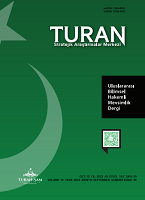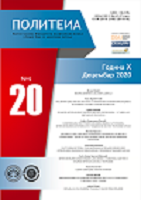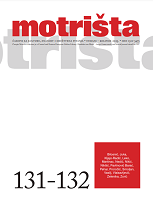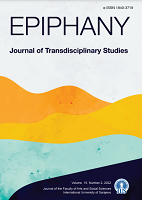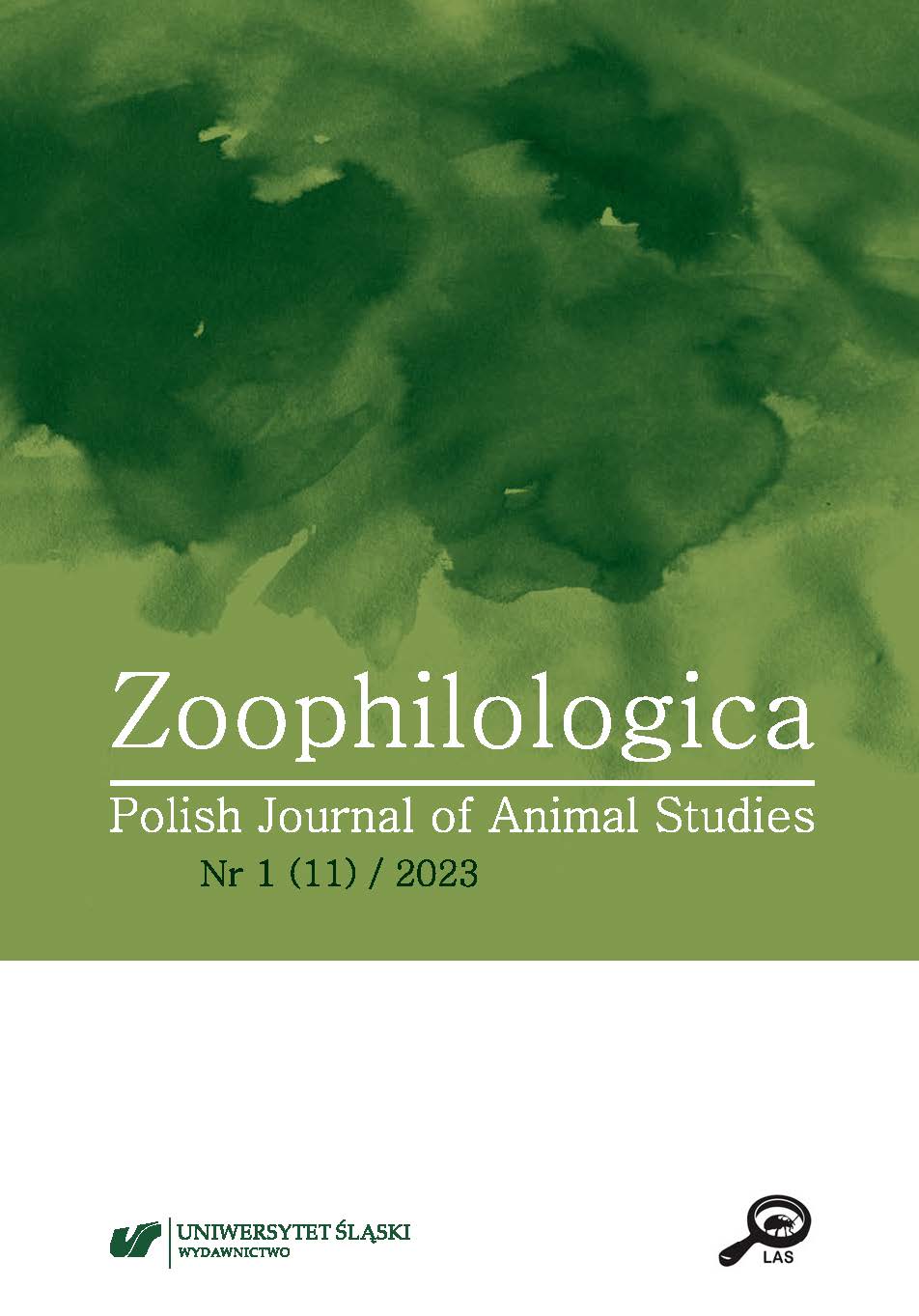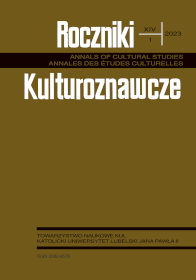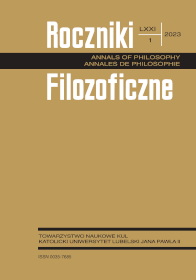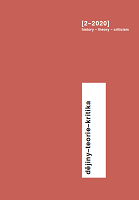
KOUZLO STARÝCH POHLEDNIC KE KRITICKÉ METODOLOGII INTERPRETACE POPULÁRNÍHO HISTORIOGRAFICKÉHO ŽÁNRU
This article focuses on a critical analysis of a corpus of books featuring antique postcards of the Liberec region (Czech Republic) which were re-published in the last 20 years. The author studies this empirical material in connection to the local identities formation in a region with a complex modern history. Methodologically, he builds on a phenomenologically oriented theory of a place as a focus of individually ascribed meanings. He approaches postcards as signs with a distinguishable signifier and signified. He describes the genre paradigm of these books, palpable in their common features regarding the choice and ordering of postcards and in the ways their editors formulate their comments to individual reproductions. He argues that in cases of old postcards with German-language inscriptions, which are dominant in this region, the genre paradigm of these books makes it impossible that account be fully taken of the distinctive, unique features captured in these postcards (and thus an important layer of their meaning). Finally, the author calls for an alternative model of interpretation that could be applied to these sources and that would produce historical knowledge of a different nature.
More...
